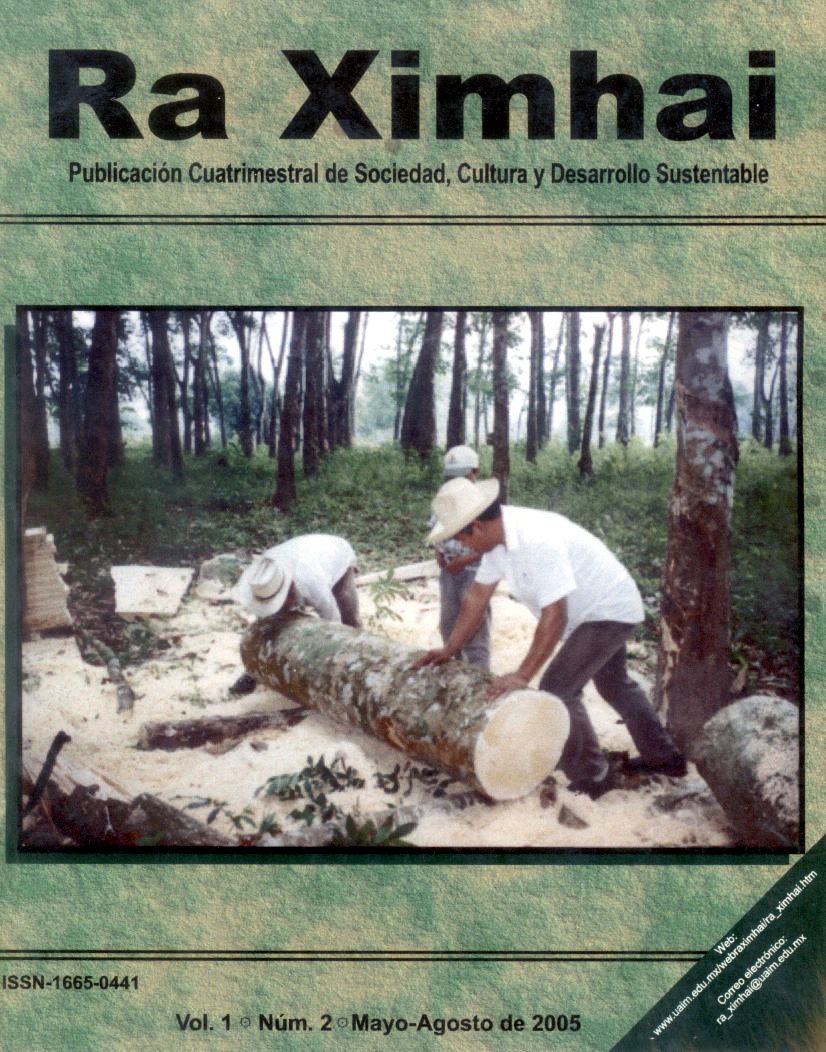Design and considerations of a compensation loop for the voltage-controlled DC-DC boost converter
DOI:
https://doi.org/10.35197/rx.01.02.2005.07.DLKeywords:
converter-booster CD-CD, conduction, currentAbstract
This paper presents the design of the compensation loop in a DC-DC boost converter that will keep the converter in a stable state, working at a maximum power of 600 W present in the load. This design has the characteristic of operating in continuous current conduction mode (CCM) and controlled in voltage mode. In this type of medium power systems, the presence of the zero located to the right of the s plane (RHP) makes voltage mode control in CCM almost impossible. Some design considerations were determined to counteract this effect in the system, thus achieving a greater frequency response bandwidth. The design of the DC-DC boost converter was implemented and simulated, where satisfactory results were obtained.
Downloads
References
Erickson, R. W. D
“Fundamentals of power electronics”. University of Colorado. Second Edition.
Kluwer Academic Publishers. pp.45-70.
Mattingly, D.
“Designing stable compensation networks for single phase voltaje mode buck regulators”. Technical Brief, December 2003, TB417-1. 45 p.
Mitchell D. y B. Mamman, B.
“Designing stable control loops”. Unitro de Design Seminars, SEM1400. pp.1-63.
Venable, H.D.
“The K Factor: A New Mathematical Tool For Stability Analysis and Synthesis”. Venable Industries, Inc. 2120 W. Braker Lane, Suite M Austin. (En línea). Disponible en http://www.venableind.com.
Chryssis, G.
“High-Frequency Switching Power Supplies: Theory and Design”. Second Edition, Printed by R. R. Donnelley & Sons Company. 245 p.
Ogata, K.
“Ingeniería de Control Moderna”. Tercera Edición. Prentice-Hall Hispanoamericana. University of Minnesota. pp. 230-279.
Downloads
Published
How to Cite
Issue
Section
License
Copyright (c) 2005 David R. López Flores, Alejandro Lizárraga Lizárraga, José L. Durán-Gómez

This work is licensed under a Creative Commons Attribution-NonCommercial 4.0 International License.
Usted es libre de:
- Compartir — copiar y redistribuir el material en cualquier medio o formato
- Adaptar — remezclar, transformar y construir a partir del material
- La licenciante no puede revocar estas libertades en tanto usted siga los términos de la licencia
Bajo los siguientes términos:
- Atribución — Usted debe dar crédito de manera adecuada , brindar un enlace a la licencia, e indicar si se han realizado cambios . Puede hacerlo en cualquier forma razonable, pero no de forma tal que sugiera que usted o su uso tienen el apoyo de la licenciante.
- NoComercial — Usted no puede hacer uso del material con propósitos comerciales .
- No hay restricciones adicionales — No puede aplicar términos legales ni medidas tecnológicas que restrinjan legalmente a otras a hacer cualquier uso permitido por la licencia.








